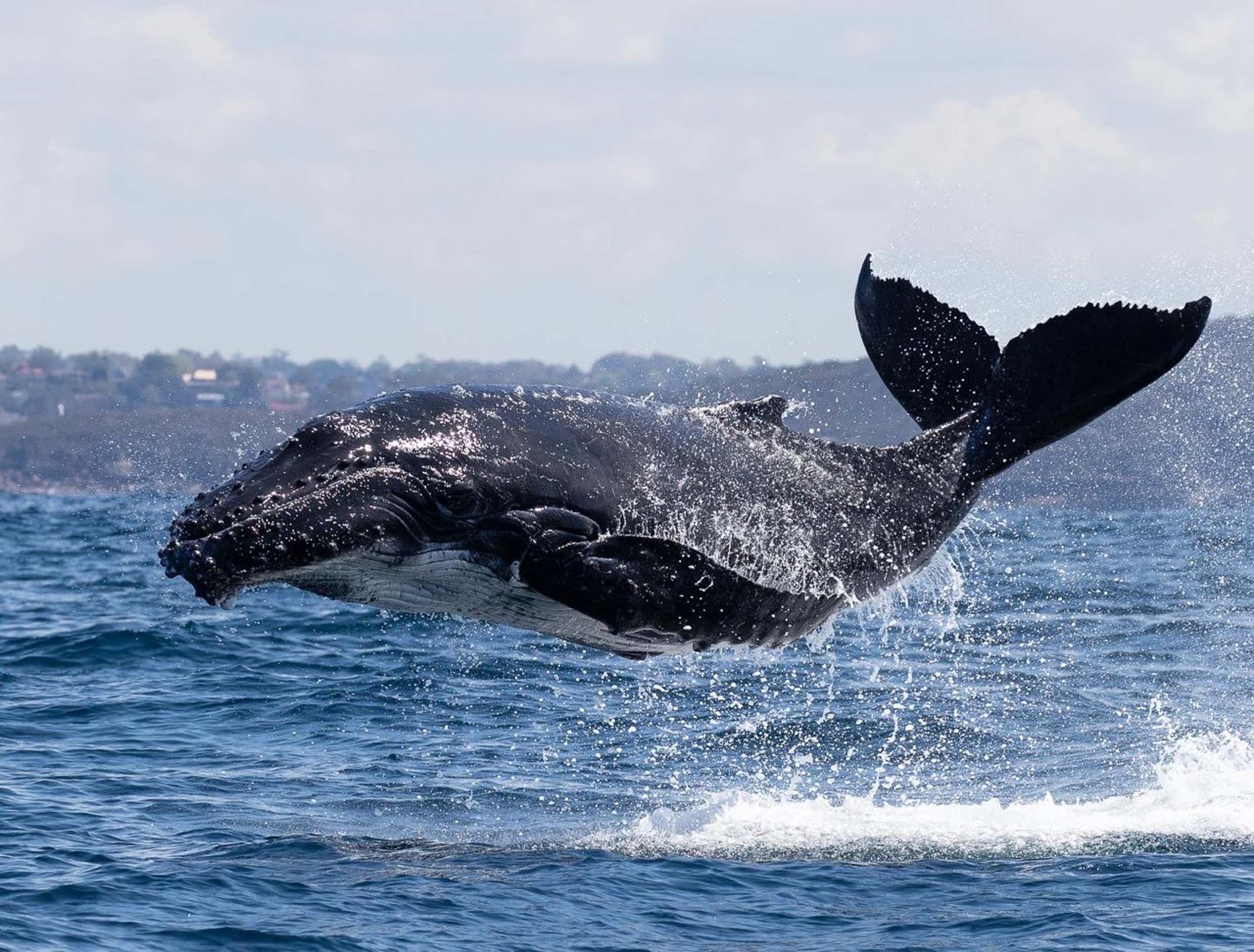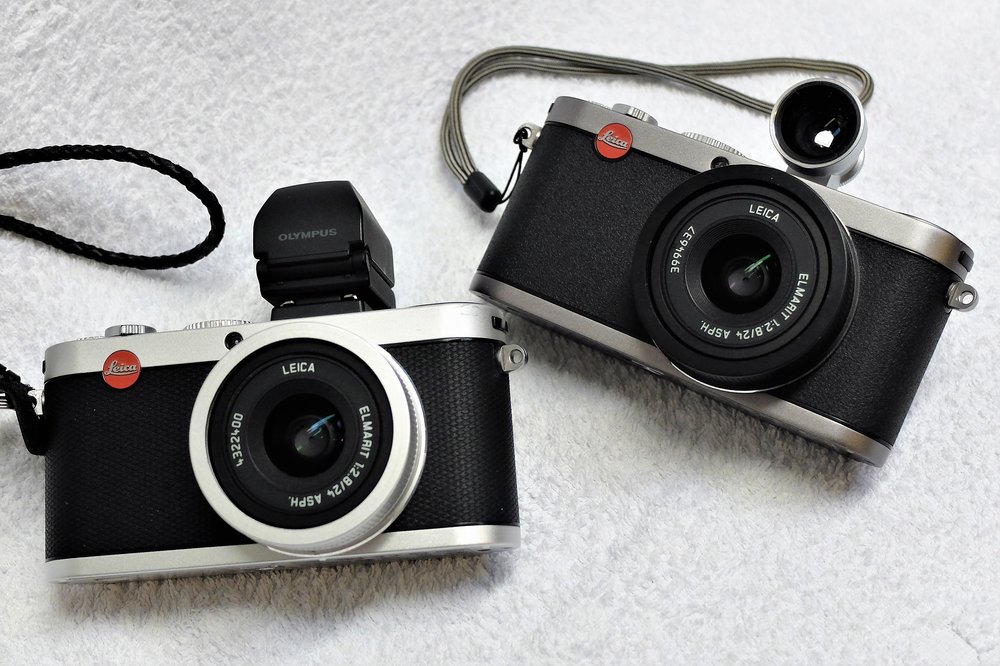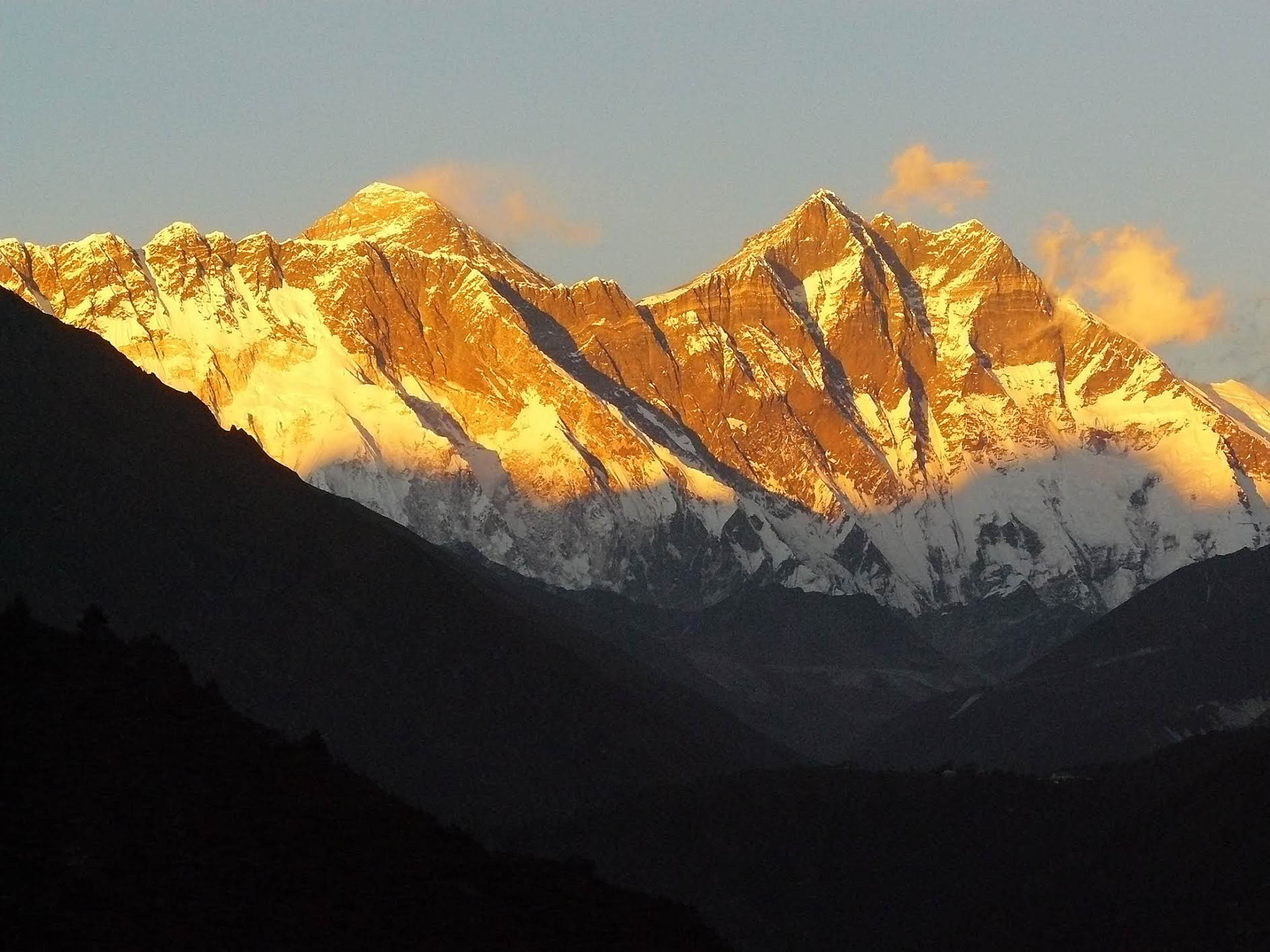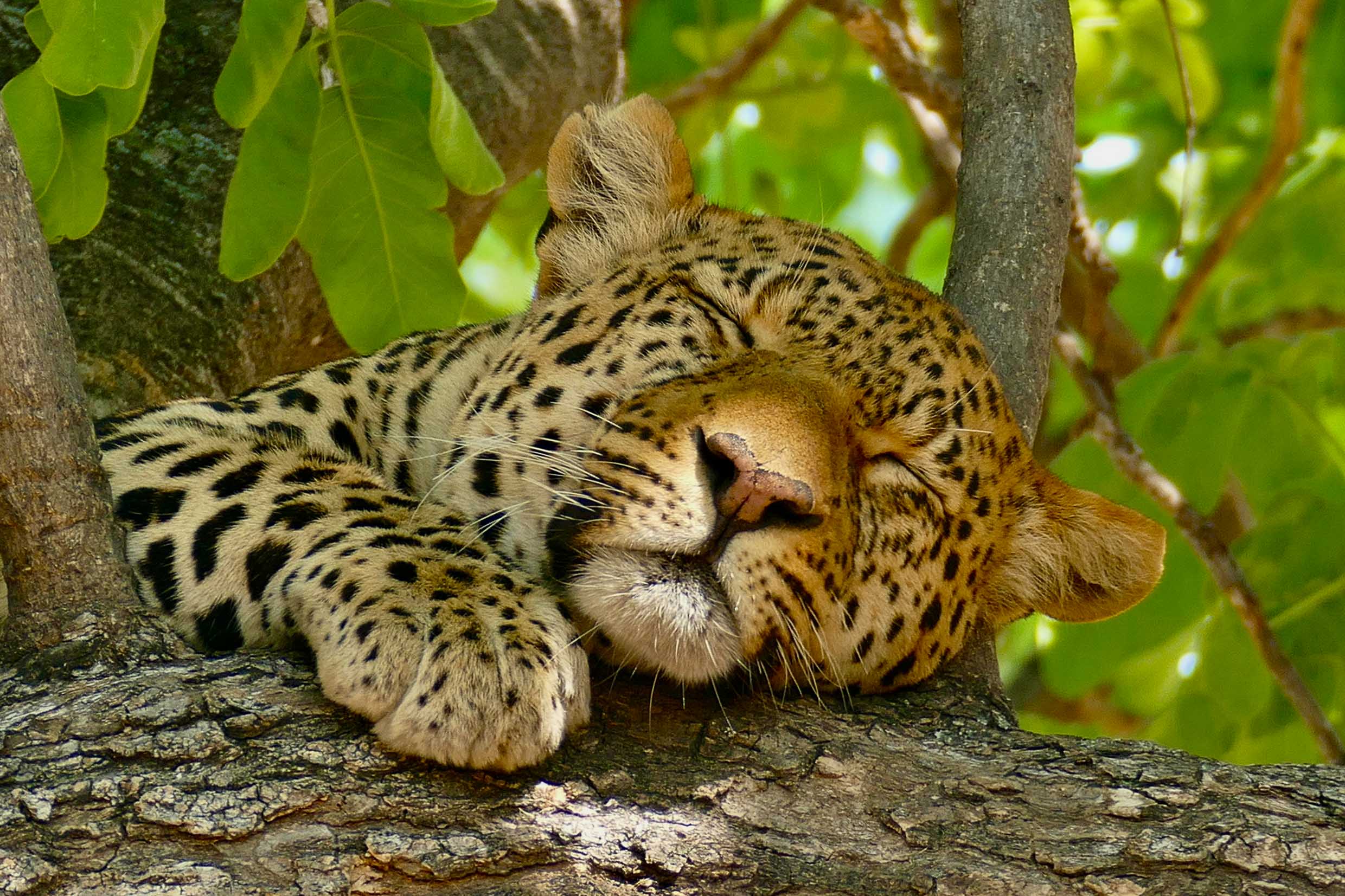“Treasure your exceptions” is an adage that was drilled into me at university where I majored in Genetics and Biochemistry. It forms the basis of Darwinian evolution. It’s random mutations that provide the important variability for ongoing evolution of a species, as their surrounding circumstances change.
My daughter-in-law Rachelle is a professional photographer who uses a Canon 1Dx with Canon 100-400 lens. It’s in the same price range as top-end Leica. You cannot deny the power of the images it produces. (Image courtesy of Rachelle). But I don’t paddle in that duck pond.
What has all this got to do with my Macfilos and Leica journey? Well, I do feel like an exception in the Macfilos and Leica world. Allow me to explain: I discovered Macfilos at the recommendation of my friend and most prolific Macfilos contributor John Shingleton (aka Mr X1) about ten years ago.
Discovering the mighty morphin’ Evans
They were the days soon after Michael Evans morphed Macfilos from an Apple fan site to a Leica photography focus. I wrote a first article for t’Editor Michael at that time and nervously submitted it to him. To my surprise he accepted it, then suggested that John encourage me to draft another contribution. Over the years I ‘d guess that I’ve had the fun of writing about 30 or so articles for Macfilos. (Does Mike have an archive of all Macfilos articles? How many have I actually written?)
Where “Exceptions” begin to reveal themselves
And it was this Macfilos discovery that led me into the world of Leica. A quarter of a century ago, at the start of digital photography, I was using Olympus cameras and lenses. By the time I discovered Macfilos I was a confirmed Sony user.
This is the point where I need to explain the “Exceptions” quote at the start of this short missive.
Well, I am aware that “gear articles” get the most readership on Macfilos, but I do have to admit that I’m an exception. I’m a fish out of water, a minnow in the sea of Leica whales and sharks — I’m not one for the expensive gear at the end of the Leica price list.
Results — first, last, and everything
Instead, my real interest is in the images that I can capture, not so much the latest and greatest gear. My Leica cameras over the years have been the Leica compacts-X1, X2, X Vario as well as Pana-Leicas V-Lux4, V-Lux 5, D Lux 109, C-Lux and the little Leica C (typ112). They are all exceptions, and exceptional.
I’ve also deliberately chosen certain Panasonic Lumix cameras at other times because of their Leica lenses. For years now I’ve been using a Leica D Lux 109 for the quality of its output and the compact, light form factor as an ideal travel camera.
No peeping!
I find that I’ve been delighted with these cameras, even with their smaller sensors. I don’t pixel peep, or crop heavily (I generally let Leica short zooms do that work for me). Nor do I make prints big enough to cover the side of a bus. I simply enjoy the use of a lightweight compact camera, to use as a walk-about. But the real exception is that they all include that special Leica glass up front.
And proof that small Leicas render stunning sunsets
Even with small sensors Leicas are exceptional
Images through the Leica looking glass
What is it that keeps me in this relatively shallow end of the Leica world? Two main factors. First, it’s the Leica glass. In the world of photography they are the exceptions. The crisp sharpness and rendition of images from a Leica lens on a compact camera provide me with results that I love. Indeed, that provides a confidence and enjoyment when using a camera. Second, It’s the colour science that Leica have in their firmware.
Even the Panny Leicas provide a different colour bias from their Panasonic siblings. They give that slightly cooler Leica palette rather than a warmer colour spectrum. My camera tech guru here in Australia has convinced me of this, and I think that he’s right. Although I might be convincing myself of something that doesn’t exist.
Small Leicas that punch above their weight
So, here in 2025, I still find myself interested in Leica compact kit(s) and what it can provide. I still treasure the X1, and now departed X2, as favourites. Their image quality in these times when we most often view on screens is absolutely wonderful. These cameras are from well over a decade ago and can still hold their heads high in esteemed company.
I continue to love my D-Lux 109, which is a great everyday travel camera. I have not been tempted yet to switch to a D Lux 7 or D Lux 8. Well, I must admit that I have been somewhat “tempted”. However, I find myself currently playing with a Lumix GX85 and bolting onto it the superb Leica G 12-60 lens. It’s old kit, I know that, but wow it does provide a stunning output from the small m43 sensor.
Where next?
Where to go in the future? I’m finding myself succumbing to the convenience of a phone camera, more and more. The fun and convenience of having my iPhone Pro with me at all times, pocketable and providing quite good output, often rears its head as a conversation topic in my weekly coastal walk coffees with Mr. Shingleton.
So, shhh, it’s a secret! I might well next head into the world of a Xiaomi Pro smartphone with its Leica camera. All good fun, but continually looking for that “Leica” moniker and output.
Dianne doesn’t know that yet, but the next compact Leica will probably be part of a Xiaomi Pro replacement for Wayne’s iPhone. Shhh!
Make a donation to help with our running costs
Did you know that Macfilos is run by five photography enthusiasts based in the UK, USA and Europe? We cover all the substantial costs of running the site, and we do not carry advertising because it spoils readers’ enjoyment. Every amount, however small, will be appreciated, and we will write to acknowledge your generosity.











Vielen lieben Dank für diesen Artikel der mir aus der Seele spricht.
Ich besitze seit ein paar Jahren eine Vario und bin mit Ihr bestens zufrieden. Ich kann all ihre Aussagen nur bestätigen. Auch ich bin auf der Suche nach einer Kamera auf MACFILOS und damit auf Leica gestoßen und letztendlich hängen geblieben. Ich freue mich jedes mal wenn ich hier neue Berichte und Artikel lesen kann.
Andreas,
schön zu hören, dass Macfilos dir bei der Kameraauswahl so geholfen hat. Die X Vario war eine meiner Lieblingskameras, und ich halte immer Ausschau nach einem guten Gebrauchtmodell. Vielen Dank für deine anhaltende Unterstützung von Macfilos.
Mike
Thank you for the good read, I really think it’s a shame Leica has not continued on with APSC and the X-series in general.
While the Q family is fantastic, I think many would love a smaller compact as a daily carry!
Hello Arash. I have only now seen that this article has been posted on Macfilos. I’m travelling in remote North Queensland in Australia and have just arrived for the night at the old Musgrave Telegraph Station, somewhere in the middle of somewhere!
To keep in line with this article I have to confess that I’m continuing to travel lightweight and heritage. A Lumix GX 85 and two lenses, the wonderful Leica dg 12-60 and the impressive Lumia 14-140 for times when I want a longer outlook. Very happy with results so far.
I dived into Leica world after reading Mr. Evans’ article of taking an X Vatio to China.
😊😊
Ah, I can remember that. My first outing with the X Variom. Dumplings by night. I’m glad I helped influence you towards Leica!
…..and a continued thank you to Michael for pointing me in that direction some years ago.
Many thanks Wine. I’m delighted to see your article has had such a positive response. And my best wishes to Dine. You make a convivial couple!
Michael
Yes C W, Michael influences us in subtle ways. In fact it is an old Macfilos article of his that has taken me into the heritage world of the Leica dg 12-60 bolted to a Lumix GX85. Great image quality in that article, and still excellent image and rendering today, all in a package of just the right size for travelling.
Excellent article Wayne! I myself have been using the Leica D-Lux 109, followed by the Leica D-Lux 7. It was actually kind of a mistake to shift to the D-Lux 7 as the rendition of the D-Lux 109 is exceptional, as you rightly underline it. Unfortunately, the D-Lux 7 got damaged in a heavy fall (of the photographer) and Leica Bangkok – where I live – are unable to fix it!
I eventually bought a Olympus E-M10 mark IV + 12-45 mm f/4 PRO: a very good camera indeed, but it does not have the “magic” rendition of the D-Lux 109, or even the D-Lux 7…and the D-Lux 8 is quite expensive
Hi Pierre. Your message adds to my comfort level of not going to a D Lux 7 or 8. I’m really happy with outcomes from the D Lux 109.
Wayne, thank you for your brilliant and balanced account of your Leica journey. “The big sleep” is a real winner and exemplifies the capabilities and worth of humble lower budget Leica cameras. I endorse all you say.
Thanks David. Yes, I will always try to use Leica glass whenever possible. Especially on Panasonic Lumix cameras, as well as Leica home games. To my way of thinking it’s the glass that makes the difference.
Thank you for this “exceptional” article — not to even mention the photos. The mountain photos are far, far beyond what I ever imagined could be captured, as well as beautiful by any standard.
Now that you’ve ‘come out’, I feel I can also speak of my love for the D-Lux Typ 109 (which, alas, has a lens that no longer extends, though I take it out every so often and remember happier times). As well as thoughts of the Lumix gx9 and the dg ‘Nocticron’. I’ve yet to act on those, but your post certainly encourages me.
Kathy, this happened to my X1. Fortunately I found David Slater who was able to replace a tiny component and restore the camera’s functionality. Here is a link which leads to a helpful website https://david2008.photium.com/new-service-for-leica-x
It is possible, in these testing times, for you to find a local genius to help you. The D-Lux Typ 109 deserves an extended life.
Thanks for the tip, David. I’m what my late colleague called ‘a bloody colonial’. But, your tip encourges me to try to find help this side of the pond!
I’ll put together a couple of short reports and post on Macfilos. One regarding the very easy job of replacing the dreaded battery clip. A second, a bit more complicated on the internal battery replacement. Form Michael Evans I am aware that David Slater is also a go-to man for those jobs, as well as more complicated repairs beyond my abilities.
Thanks for comment David.
Yes, keep the X1 cameras firing. They are a digital classic. Still wonderful in their image quality today.
Cheers Kathy. From previous posts from you I have been aware of your respect for the D Lux 109. More power. They are maybe even approaching a lightweight classic status.